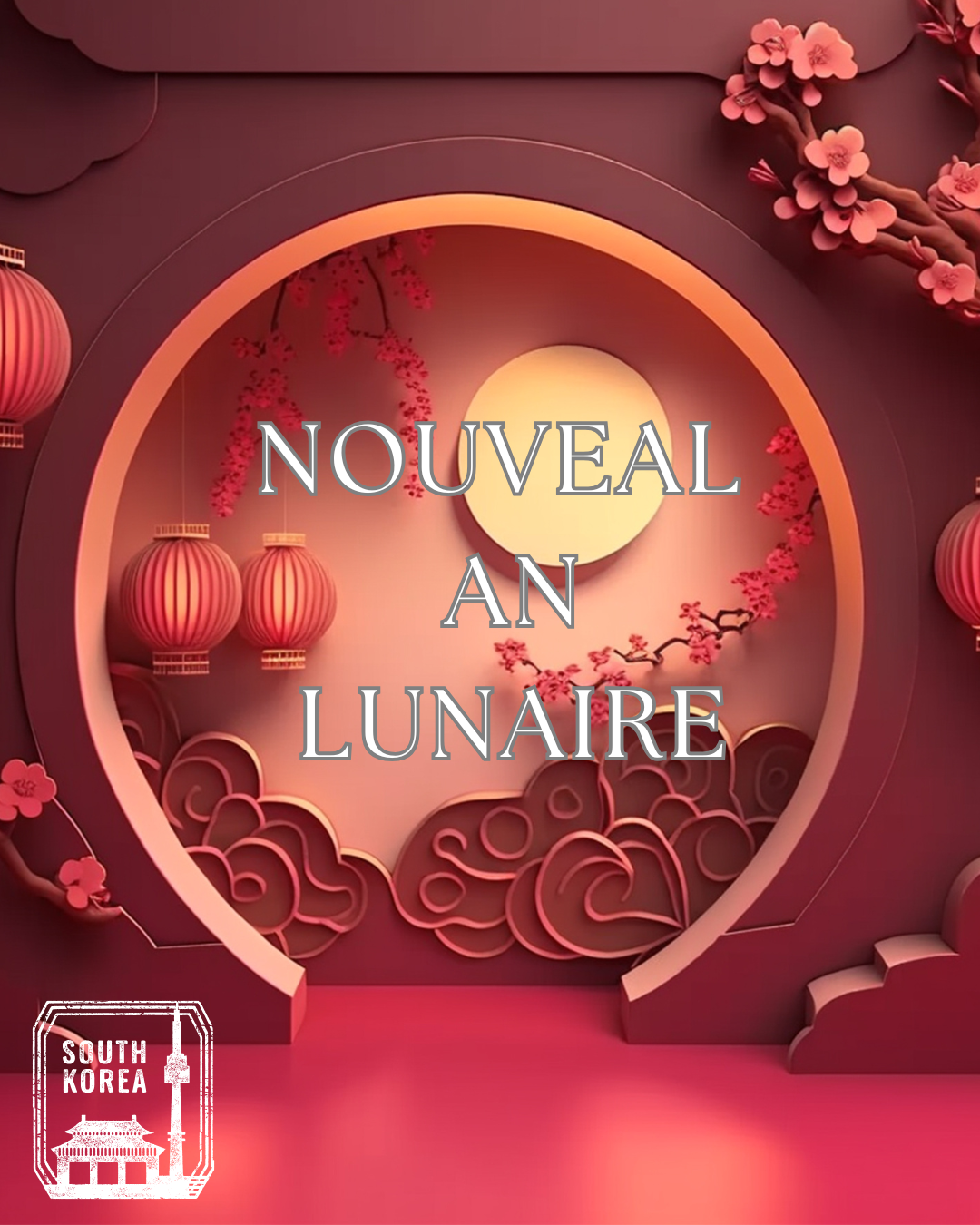The Importance of Lunar New Year in Korea

Lunar New Year in Korea: An Ancestral and Family Celebration
Lunar New Year, called Seollal (세룸) in Korea, is one of the most important holidays of the year. Celebrated according to the lunar calendar, it marks the beginning of a new year and is a time for family reunions, ancestral traditions, and spiritual renewal .

Unlike the Western New Year on January 1, Seollal is much more than just a calendar transition . It represents an opportunity to pay tribute to ancestors, strengthen family ties, and start the year on a good note.
1. The Rituals and Traditions of Seollal
🏡 Return to the Family Home
Seollal is primarily a time when Koreans return to their hometowns to celebrate with their families. It is one of the largest periods of internal migration in Korea, with millions of people taking to the road to reunite with their loved ones.
🎎 Wearing Hanbok
During Seollal, many wear hanbok (한복) , the traditional Korean dress, symbolizing respect and cultural continuity.
🕯️ The Ancestral Rite (Charye)
One of the most important aspects of Seollal is the Charye ceremony , an ancient ritual where families prepare a banquet to honor their ancestors. They set a table with traditional dishes and bow to family portraits as a sign of respect and gratitude.

2. Traditional Lunar New Year Food
🍲 Tteokguk (떡국) - Lucky Soup
One of the must-eat dishes in Seollal is tteokguk , a soup made with clear broth and thin slices of rice cakes (떡). Eating tteokguk symbolizes the passage of a new year and symbolically adds a year to one's age.
🥟 Mandu (Korean Dumplings)
Some families make mandu , Korean dumplings filled with meat, vegetables and herbs, often added to tteokguk for extra flavor.

3. Traditional Games and Activities of Seollal
🏏 Yutnori - Seollal's Family Game
Seollal is also a time for games and entertainment. Yutnori (유트노리) is an ancient board game played by families, where four wooden sticks are thrown to advance along a course.
💸 Saebae and the Lucky Money
Young people bow to their elders by performing saebae (세발) , a deep bow accompanied by wishes for the new year. In return, they often receive lucky money (세발배) in envelopes.

4. The Symbolism of the Lunar New Year
Seollal is more than just a holiday: it embodies essential values such as respect for ancestors, family, gratitude, and hope for a prosperous year . It also allows Koreans to reconnect with their cultural roots and carry on meaningful traditions.
Conclusion
Lunar New Year in Korea is a unique time of sharing and renewal. Between ancestral rites, culinary delights and traditional games, this period allows everyone to start the year on a positive note and full of promise. Whether you are in Korea or elsewhere, adopting certain Seollal rituals can be a beautiful way to welcome the year with energy and hope!
🌟 Happy Lunar New Year! (Saehae bok mani badeuseyo! 새해복만이 받으세요!) 🌟



Comments